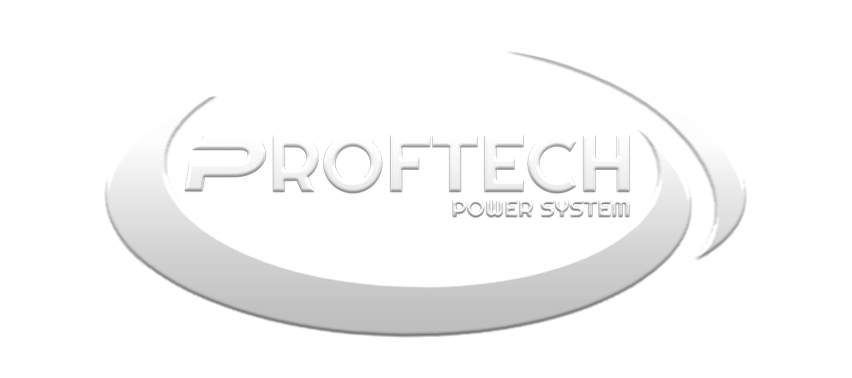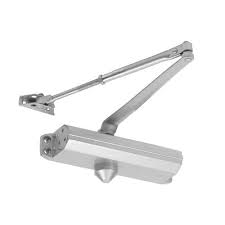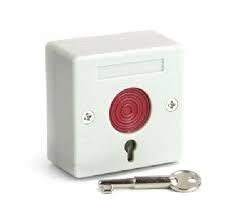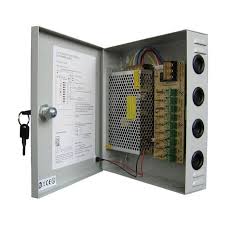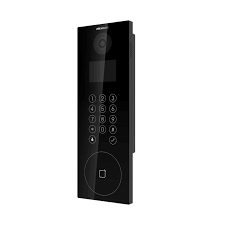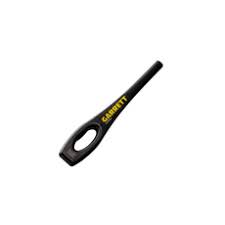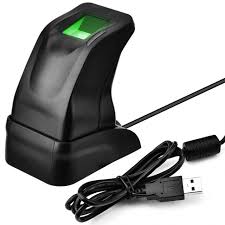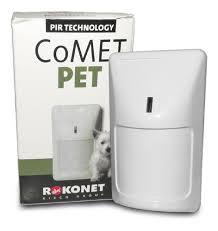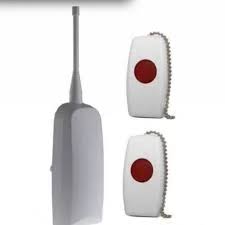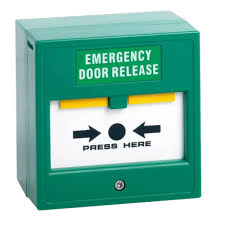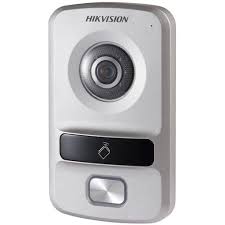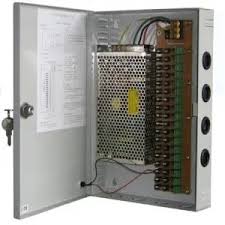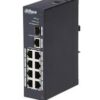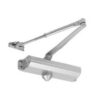Door Closer for Access Control
door closer for access control serves as a critical component in modern security systems, ensuring doors automatically return to their closed and locked position after each entry or exit. This mechanical device works in harmony with electronic access control systems to maintain building security while meeting fire safety regulations and accessibility requirements.
Automatic Door Control for Enhanced Security
The door closer for access control provides reliable automatic closure that prevents doors from remaining open accidentally, eliminating security vulnerabilities that could compromise building protection. This consistent operation ensures electronic locks can engage properly while maintaining the integrity of access control zones.
Core security functions include:
- Guaranteed door closure after each access event
- Adjustable closing speed to accommodate different user needs
- Controlled latching action ensuring proper lock engagement
- Reduced risk of tailgating through controlled door timing
- Consistent performance regardless of user behavior
Fire Safety and Code Compliance Integration
Modern door closer for access control systems must comply with strict fire safety regulations that require doors to close and latch automatically during emergencies. These devices play a vital role in compartmentalizing buildings during fire events, preventing smoke and flame spread between areas.
Fire safety compliance features encompass:
- UL listed components meeting safety standards
- Automatic closure from any open position
- Reliable operation in high-temperature environments
- Integration with fire alarm systems for emergency response
- ADA compliant operation meeting accessibility requirements
Hydraulic Operation and Adjustment Mechanisms
Professional-grade door closer for access control units utilize precision hydraulic systems that provide smooth, controlled door movement. Multiple adjustment valves allow technicians to fine-tune closing speed, latching action, and hold-open functions to match specific operational requirements.
Hydraulic system advantages include:
- Independent adjustment of closing and latching speeds
- Temperature compensation maintaining consistent performance
- Leak-resistant seals ensuring long-term reliability
- Smooth operation reducing wear on door hardware
- Quiet closing action minimizing noise disturbance
Access Control System Integration
The door closer for access control works seamlessly with electronic locking mechanisms, card readers, and push-button releases. This integration ensures doors remain secure while providing authorized users with convenient access during normal operations.
Integration capabilities include:
- Hold-open functions activated by access control signals
- Delayed action settings allowing extended door open times
- Override capabilities for emergency evacuation procedures
- Status monitoring connections for building management systems
- Compatibility with magnetic locks and electric strikes
Heavy-Duty Construction for Commercial Applications
Commercial door closer for access control installations require robust construction to withstand frequent use while maintaining consistent performance. Quality units feature corrosion-resistant finishes and hardened components designed for thousands of daily cycles.
Construction specifications encompass:
- Cast iron or aluminum bodies for dimensional stability
- Stainless steel components in corrosive environments
- Weather-resistant seals for exterior installations
- Vandal-resistant covers protecting adjustment mechanisms
- Mounting hardware designed for various door configurations
Installation and Mounting Options
Professional installation of door closer for access control systems requires careful consideration of door weight, width, and usage patterns. Multiple mounting configurations accommodate different architectural requirements while ensuring optimal performance.
Mounting options include:
- Standard arm mounting for most applications
- Top jamb mounting for doors with limited header space
- Parallel arm configuration for maximum door clearance
- Concealed overhead mounting for aesthetic applications
- Floor-mounted options for glass doors or special requirements
Adjustment and Maintenance Procedures
Proper adjustment ensures door closer for access control units provide optimal security performance while meeting accessibility requirements. Regular maintenance prevents premature failure and maintains consistent operation over the product lifespan.
Maintenance requirements include:
- Periodic inspection of hydraulic fluid levels
- Adjustment of closing and latching speeds seasonally
- Cleaning and lubrication of pivot points and arms
- Verification of mounting hardware tightness
- Testing of hold-open and override functions
Energy Efficiency and Environmental Considerations
Modern door closer for access control systems contribute to building energy efficiency by ensuring doors close completely, preventing conditioned air loss and maintaining HVAC system effectiveness. Proper door sealing also reduces noise transmission between spaces.
Environmental benefits encompass:
- Reduced energy consumption through proper door sealing
- Extended HVAC equipment life through consistent building envelope
- Noise reduction improving occupant comfort
- Recyclable materials in construction reducing environmental impact
Compliance with Accessibility Standards
The door closer for access control must meet Americans with Disabilities Act (ADA) requirements that specify maximum opening forces and minimum door open times. These regulations ensure individuals with mobility limitations can navigate through controlled access points safely.
Accessibility compliance includes:
- Opening force not exceeding 5 pounds for interior doors
- Minimum 5-second door open time from 90 degrees to 12 degrees
- Smooth operation without abrupt speed changes
- Hold-open functions activated by low-force push plates
- Clear width requirements maintained during door operation
Cost-Effective Security Enhancement
Installing appropriate door closer for access control systems represents a cost-effective method for improving building security while ensuring regulatory compliance. The mechanical reliability reduces maintenance requirements compared to purely electronic solutions.
Economic advantages include:
- Lower maintenance costs compared to electronic alternatives
- Extended door and lock hardware life through controlled operation
- Reduced security incidents through consistent door closure
- Energy savings from improved building envelope integrity
The door closer for access control serves as an essential component in comprehensive security systems, providing reliable automatic door operation that maintains building protection while ensuring occupant safety and accessibility. Its integration with electronic access control systems creates a complete solution that meets modern security, safety, and operational requirements.
